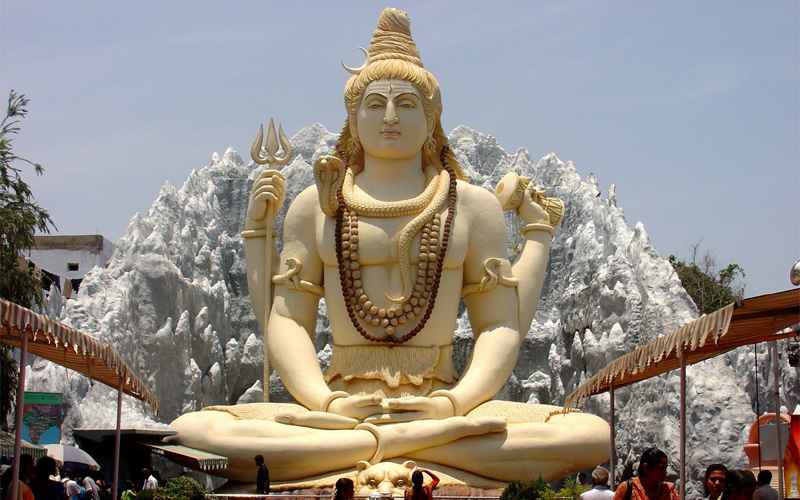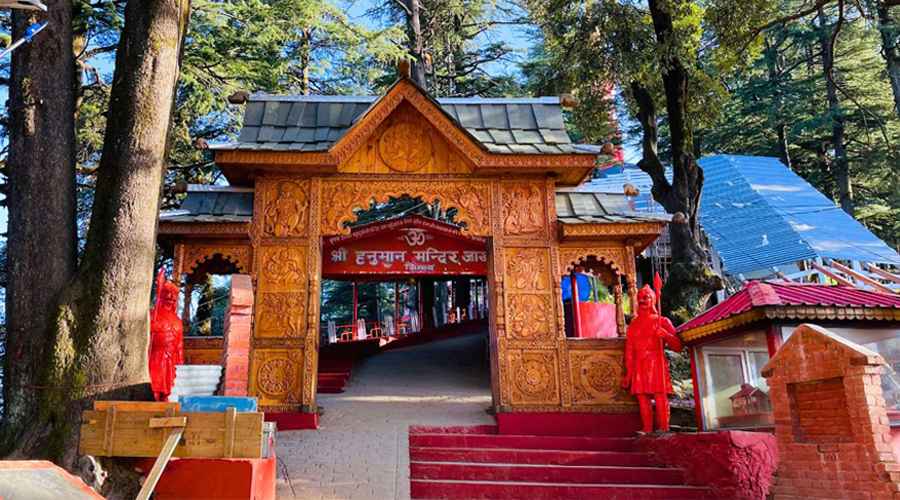The Kasar Devi Temple in Almora, Uttarakhand, is a historic and spiritually powerful shrine dedicated to Goddess Kasar Devi, a form of Durga or Shakti. Established in the 2nd century CE by King Rudrak according to history and mythology, the temple is situated on the Kashyap Hill near Almora and is renowned for its unique geomagnetic energy, peaceful natural surroundings, and links to many famous spiritual seekers and artists.
Ancient History and Religious Significance
The temple’s origins trace back to the 2nd century CE, rooted deeply in Hindu beliefs and local legend. It is said to have been built by followers of the ancient Kashyapa tradition and later renovated by the Katyuri kings, who were devoted to Goddess Durga. Kasar Devi is considered to be a protective deity, and the temple complex also houses temples dedicated to Lord Shiva and Bhairava. According to mythological texts like the Skanda Purana and Devi Bhagwan Purana, this site holds high sacredness as it is said to be linked to battles involving divine forces and demons, enhancing its religious importance.
Geomagnetic Energy and Cosmic Connection
One of the most fascinating aspects of the Kasar Devi Temple is its location on a rare geomagnetic field line, often referred to as the Van Allen Belt of Earth. This magnetic field presence is shared by just a few places worldwide, including Machu Picchu in Peru and Stonehenge in England. NASA researchers have studied the temple’s magnetic energy, which is believed to generate cosmic spiritual power beneficial for meditation and mental clarity. This feature explains why Kasar Devi has long attracted spiritual seekers, yogis, and scientists intrigued by its mysterious energies.
Connection with Spiritual Luminaries and Artists
Throughout its history, the Kasar Devi Temple has been a hub for seekers of spiritual enlightenment and creative inspiration. Notably, Swami Vivekananda meditated here in the 1890s and found the place extraordinarily conducive to spiritual awakening. The temple and its surroundings have also hosted many prominent personalities including Sunyata Baba (Alfred Sorensen), Lama Anagarika Govinda, and during the 1960s and 70s, it became a key destination on the Hippie Trail. Famous artists and thinkers like Bob Dylan, Allen Ginsberg, and Timothy Leary spent time near this temple, drawn by its serene atmosphere and cosmic vibrations.
Architectural Features and Natural Beauty
The temple’s architecture is a blend of Hindu and Buddhist elements, with the main shrine situated inside a cave-like structure surrounded by majestic deodar and pine forest. The temple houses an Akhand Jyoti (eternal flame) and a dhuni (sacred fire pit) where wood logs burn continuously, symbolizing eternal purity and power. Despite destruction in the early 18th century due to a landslide, the temple was rebuilt maintaining its ancient spiritual essence. From its hilltop vantage point, visitors can enjoy panoramic views of the Himalayan ranges, including sights of peaks like Bandarpunch and even the Himalayas bordering Nepal.
Festivals and Visitor Experience
The Kasar Devi Temple hosts the annual Kasar Devi Fair during Kartik Poornima (November-December), which is a significant religious event drawing thousands of devotees. Pilgrims climb around 100 steps to reach the temple, immersing themselves in the tranquil environment and cosmic energy. The temple has no entry fee and can be accessed by hiking or vehicle from Almora, which is approximately 8 kilometers away. Visitors often experience a profound sense of peace, making it a sought-after spot for meditation and introspection.
In Conclusion, The Kasar Devi Temple of Almora stands as a unique symbol of India’s spiritual heritage, combining deep mythological roots with a rare cosmic energy phenomenon that continues to enchant devotees, seekers, and scientists alike. Its peaceful Himalayan setting, historical importance, and the stories of spiritual luminaries who have visited there contribute to its enduring allure and sacred significance.


